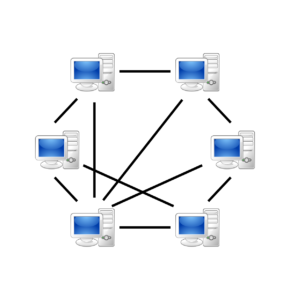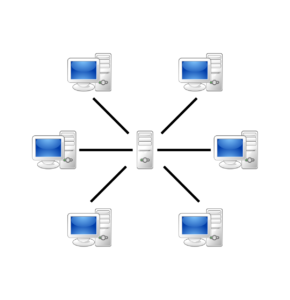For those of you who don’t know what CES is, the Consumer Electronics Show is a convention in Las Vegas that happens every year in the beginning of January. Massive electronics companies and small startups alike get together to showcase the “next big thing”. I was not fortunate enough to attend this year (hoping next year), but I did get to review the list of coming technologies.
First off, the larger companies like Sony and Samsung demonstrated nifty new displays that showcased “Ultra HD”, also referred to as 4K. This is basically all about doubling the normal 1920×1080 (1080P) resolution that is common to our current display generation.
But the true innovations this year surprisingly came from the smaller startups, and tend to revolve around new ways of interacting with PCs.
The last couple of years could be referred to as a “Touch Revolution”. Touch screen computing has existed for years but was never truly mainstream until tablets started taking over. Now that touch screen is so ubiquitous that it almost seems unnatural to *not* touch the screen, what’s left but to remove the need to touch completely?
For example, Leap Motion is a company that I’ve been monitoring for some time because of a technology that they developed to innovate a new type of PC interaction. It’s a little sensor that connects via USB and paints an area 8 cubic feet in midair with infrared light. And inside that 8-cubit-foot box, it can detect hand movement (or even that of other objects) with such pinpoint accuracy that it can detect the movement of all ten of your fingers accurately to within a decimal of a millimetre. The bottom line of this technology is that it effectively replaces the need for a capactive screen. If you’ve ever seen the film Minority Report, you already know what I’m talking about. The devices are being licensed to ASUS for use in some of their higher end laptops and recently announced a distribution partnership with Best Buy. I already have one on order and expect it within the next month or two.
In conjunction with this touchless trend, Televisions and cars now feature voice commands. Voice recognition pioneer Nuance is aiming to license their cutting edge software to more devices in the future. I’ve very recently become a Nuance partner to provide voice recognition software to discerning clients. My specialty trends toward medical and other healthcare IT, so their current Dragon Medical Practice Edition software can theoretically take the place of a transcriptionist. I use this software myself to write documentation for clients and even blog posts.
Another show-stealer was famous Kickstarter project Pebble. Pebble is a smart watch that venture capitalists seem to have shunned out of the belief that the “watch is dead” and that hardware is particularly difficult to produce (when compared to software). Which for the most part I heartily agree with. Why shackle an extra piece of hardware to your body when your cell phone already has a phone? But the Pebble aims to be the answer to a question that I myself have long asked: “Why can’t I have a watch that links with my phone?”. With it, you can discreetly check your call display, text messages, email, and even control the media player of your iPhone or Android device. It also features a modular interface that allows you to “download” new watch faces and apps — and an array of other features. Backlight, magnetometer, accelerometer, and even vibrates. I’m excited to be a contributor to the Kickstarter campaign, and expect to receive my black Pebble in the next month.
CES gives us a glimpse of coming technologies. I keep my fingers on the pulse of the tech world in order to keep ahead of the curve. Coincidentally, I began the process of becoming a Nuance partner in December – weeks before CES 2013 in January. I’m pleased to say it looks like I was betting on the right horse. Or rather horses.

